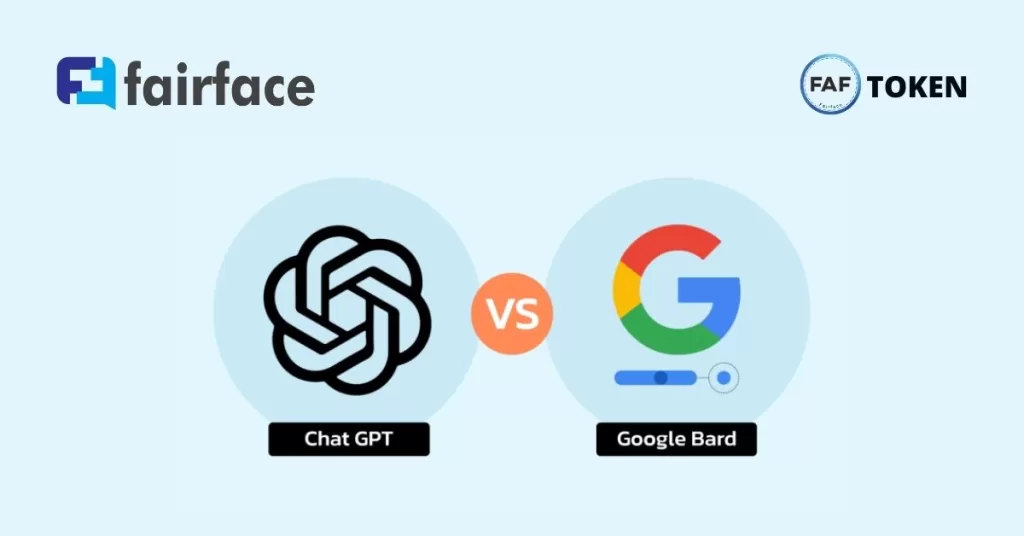Google’s Bard and OpenAI’s ChatGPT are both large language models (LLMs) that are trained on a massive dataset of text and code. Both models can generate text, translate languages, write different kinds of creative content, and answer your questions in an informative way.
Here is a table comparing the two models:
| Feature | Bard | ChatGPT |
|---|---|---|
| Training data | Text and code from the real world, including books, articles, websites, and code repositories | Text and code from the internet, including books, articles, and websites |
| Model size | 137B parameters | 175B parameters |
| Capabilities | Generate text, translate languages, write different kinds of creative content, and answer questions in an informative way | Generate text, translate languages, write different kinds of creative content, and answer questions in an informative way |
| Availability | Closed beta | Closed beta |
drive_spreadsheetExport to Sheets
It is difficult to say which model is better, as they both have their own strengths and weaknesses. Bard is better at understanding and responding to complex questions, while ChatGPT is better at generating creative text formats.
Here are some examples of tasks that Bard and ChatGPT can perform:
- Generate text: Both models can generate text, such as articles, poems, code, scripts, musical pieces, emails, and letters.
- Translate languages: Both models can translate text from one language to another.
- Write different kinds of creative content: Both models can write different kinds of creative content, such as poems, code, scripts, musical pieces, emails, and letters.
- Answer questions in an informative way: Both models can answer questions in an informative way, even if they are open ended, challenging, or strange.
Overall, Bard and ChatGPT are both powerful LLMs with a wide range of capabilities. The best model for you will depend on your specific needs and requirements.

